The types and specification of cow housing in Ireland has always been evolving. Sixty years ago, the move from outwintering cows in fields to building specific cow housing in yards was triggered by the need to feed more cows quicker. This was facilitated through increased mechanisation and the advent of silage making.
Over the last 30 years, controlling effluent and preventing run-off from damaging the environment became a key plank in cow housing. Thus the easi-feed roofed cubicle shed design became the norm for new builds in Ireland.
The big drawback with this model was the cost involved. In the mid-2000s, with the signal from the EU that quotas were to be removed in 2015, Teagasc began researching lower cost models of cow housing.
Woodchip
The Ballydague farm in Ballyhooly, Co Cork, was used to trial woodchip outwintering pads, polytunnels and lagoons. Topless cubicles have also been trialled at Moorepark.
The long and short of it was, from an animal production point of view, each method of housing was considered sufficient for dry-cow housing.
Indeed, when it came to developing the Greenfield Farm in Kilkenny, an outwintering pad and lined lagoon were constructed.
The difficulties in milking cows off the pad was seen as a major drawback, as the risk of mastitis and general hygiene just wasn’t up to scratch.
In 2012, part of the pad on the Greenfield Farm was converted to 256 topless cubicles with the remainder of the pad used for calving cows.
Animal welfare
From an animal performance, environment and economic perspective, topless cubicles tick the box. According to Teagasc building costs guidelines, roof, side sheeting and sliding doors make up 43% of the total cost of building a roofed cubicle shed.
However, over the last number of years a new dimension has entered the equation and that is animal welfare.
Cows on topless cubicles are exposed to the weather, be it wind, rain or snow. Opinion varies as to whether this is acceptable or not.
Things came to a head on the Greenfield Farm in spring 2018 when a bad snowstorm blew across the southeast. Two cows died on the topless cubicles.
The subsequent review of the event by an expert team suggested that topless cubicles should be looked at further.
The review states: "Cows lying on the mats on uncovered concrete cubicles would be expected to conduct body temperature to the concrete. In very cold weather, cattle in unprotected conditions will prefer to stand rather than lie on frozen ground. When they get tired, they will lie next to each other, effectively shielding each other from wind and providing body heat to each other.
"The uncovered cubicles forced cows to lie separately, losing the wind and shared body heat advantages of normal behaviour. Grass or other straw bedding would be expected to provide more insulation on lying surfaces than the rubber matting in the conditions experienced. It was reported that no animals had clinical frostbite."
The cost of a roof is substantial and if the investment can be staggered over a number of years then I think that is acceptable
Extreme weather
The report said that the storm demonstrated improvements in facilities are needed for animals to be protected in the event of another extreme weather event.
Does this indicate that topless cubicles are insufficient from a welfare perspective and therefore should not be constructed?
The question is, was what happened at Greenfield a freak event specific to the place and time, or did it just highlight something that was bound to happen by taking shortcuts with building design?
Animal welfare aside, the other big drawback to topless cubicles is the amount of water being collected and stored.
By not having a roof over the cubicles, this water is classed as slurry. By roofing the cubicles, the amount of slurry storage required is less.
Another issue is the weather and feed intake factor. We know that in periods of bad weather, cow intakes at grazing decrease and milk yield usually drops.
Anecdotal evidence suggests that similar drops in dry matter intake is experienced when milking cows are on topless cubicles. In bad weather, cows seek shelter and eat less.
Whereas if the cows were sheltered from the elements then their dry matter intake shouldn’t vary depending on whether it’s raining or not.
Roofing over time
In my view, the combination of extra slurry storage, reduced animal performance while milking and the threats around animal welfare in extreme weather will mean that all topless cubicles will be roofed in time.
However, that is not to say that all new builds should be built with a roof. The cost of a roof is substantial and if the investment can be staggered over a number of years then I think that is acceptable.
Encountering such big expense to cater for a weather event that may not happen is not prudent. However, in higher rainfall areas or where extra slurry storage is required, the dynamics do change somewhat.
In low rainfall areas and on a sheltered site and where capital is scarce, I would be comfortable building a topless cubicle facility. However, I would be building it in such a way that would allow the construction of a roof over time.
Rome wasn’t built in a day.
Read more
Dairy management: countdown to Christmas
Planning ahead for spring animal health
The types and specification of cow housing in Ireland has always been evolving. Sixty years ago, the move from outwintering cows in fields to building specific cow housing in yards was triggered by the need to feed more cows quicker. This was facilitated through increased mechanisation and the advent of silage making.
Over the last 30 years, controlling effluent and preventing run-off from damaging the environment became a key plank in cow housing. Thus the easi-feed roofed cubicle shed design became the norm for new builds in Ireland.
The big drawback with this model was the cost involved. In the mid-2000s, with the signal from the EU that quotas were to be removed in 2015, Teagasc began researching lower cost models of cow housing.
Woodchip
The Ballydague farm in Ballyhooly, Co Cork, was used to trial woodchip outwintering pads, polytunnels and lagoons. Topless cubicles have also been trialled at Moorepark.
The long and short of it was, from an animal production point of view, each method of housing was considered sufficient for dry-cow housing.
Indeed, when it came to developing the Greenfield Farm in Kilkenny, an outwintering pad and lined lagoon were constructed.
The difficulties in milking cows off the pad was seen as a major drawback, as the risk of mastitis and general hygiene just wasn’t up to scratch.
In 2012, part of the pad on the Greenfield Farm was converted to 256 topless cubicles with the remainder of the pad used for calving cows.
Animal welfare
From an animal performance, environment and economic perspective, topless cubicles tick the box. According to Teagasc building costs guidelines, roof, side sheeting and sliding doors make up 43% of the total cost of building a roofed cubicle shed.
However, over the last number of years a new dimension has entered the equation and that is animal welfare.
Cows on topless cubicles are exposed to the weather, be it wind, rain or snow. Opinion varies as to whether this is acceptable or not.
Things came to a head on the Greenfield Farm in spring 2018 when a bad snowstorm blew across the southeast. Two cows died on the topless cubicles.
The subsequent review of the event by an expert team suggested that topless cubicles should be looked at further.
The review states: "Cows lying on the mats on uncovered concrete cubicles would be expected to conduct body temperature to the concrete. In very cold weather, cattle in unprotected conditions will prefer to stand rather than lie on frozen ground. When they get tired, they will lie next to each other, effectively shielding each other from wind and providing body heat to each other.
"The uncovered cubicles forced cows to lie separately, losing the wind and shared body heat advantages of normal behaviour. Grass or other straw bedding would be expected to provide more insulation on lying surfaces than the rubber matting in the conditions experienced. It was reported that no animals had clinical frostbite."
The cost of a roof is substantial and if the investment can be staggered over a number of years then I think that is acceptable
Extreme weather
The report said that the storm demonstrated improvements in facilities are needed for animals to be protected in the event of another extreme weather event.
Does this indicate that topless cubicles are insufficient from a welfare perspective and therefore should not be constructed?
The question is, was what happened at Greenfield a freak event specific to the place and time, or did it just highlight something that was bound to happen by taking shortcuts with building design?
Animal welfare aside, the other big drawback to topless cubicles is the amount of water being collected and stored.
By not having a roof over the cubicles, this water is classed as slurry. By roofing the cubicles, the amount of slurry storage required is less.
Another issue is the weather and feed intake factor. We know that in periods of bad weather, cow intakes at grazing decrease and milk yield usually drops.
Anecdotal evidence suggests that similar drops in dry matter intake is experienced when milking cows are on topless cubicles. In bad weather, cows seek shelter and eat less.
Whereas if the cows were sheltered from the elements then their dry matter intake shouldn’t vary depending on whether it’s raining or not.
Roofing over time
In my view, the combination of extra slurry storage, reduced animal performance while milking and the threats around animal welfare in extreme weather will mean that all topless cubicles will be roofed in time.
However, that is not to say that all new builds should be built with a roof. The cost of a roof is substantial and if the investment can be staggered over a number of years then I think that is acceptable.
Encountering such big expense to cater for a weather event that may not happen is not prudent. However, in higher rainfall areas or where extra slurry storage is required, the dynamics do change somewhat.
In low rainfall areas and on a sheltered site and where capital is scarce, I would be comfortable building a topless cubicle facility. However, I would be building it in such a way that would allow the construction of a roof over time.
Rome wasn’t built in a day.
Read more
Dairy management: countdown to Christmas
Planning ahead for spring animal health




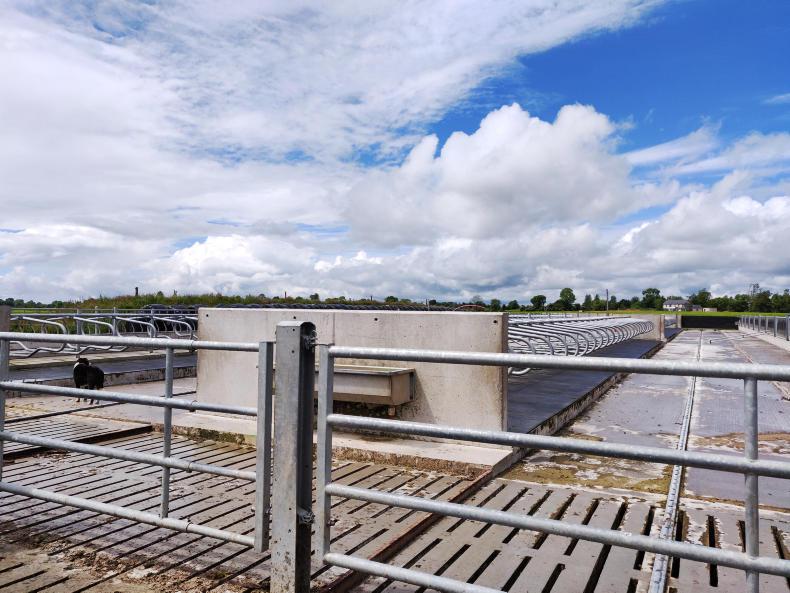
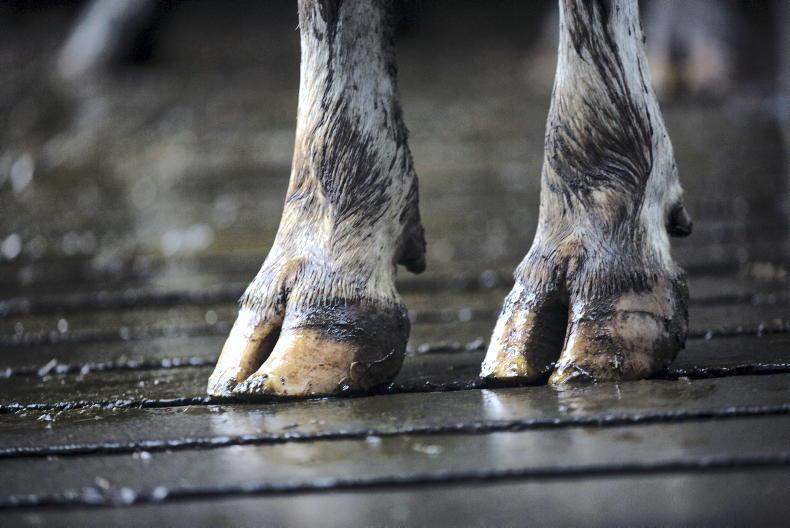

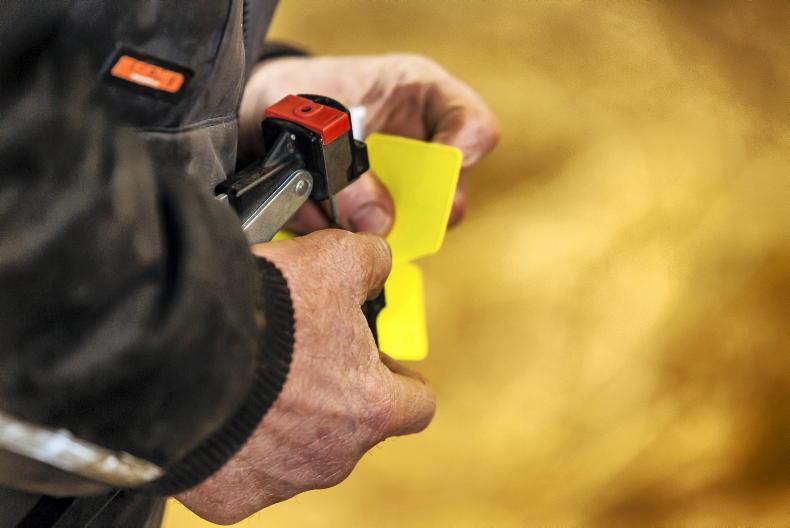
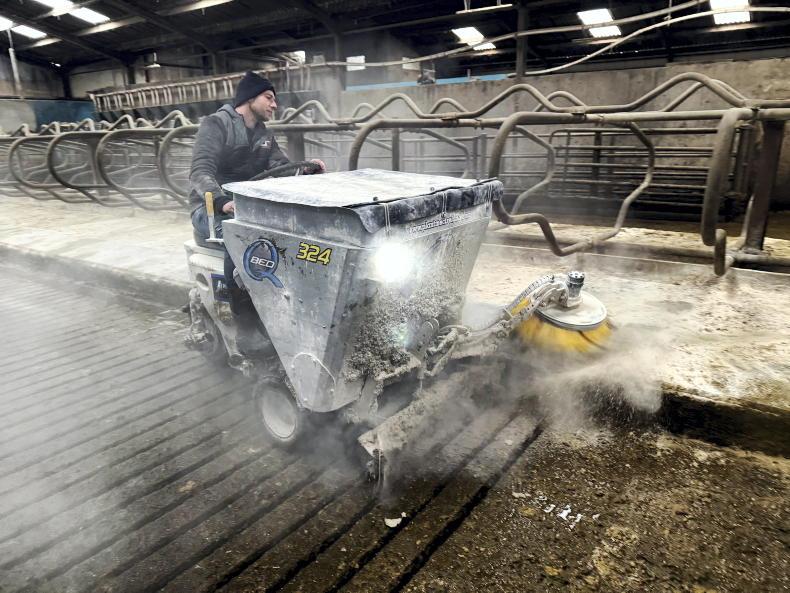
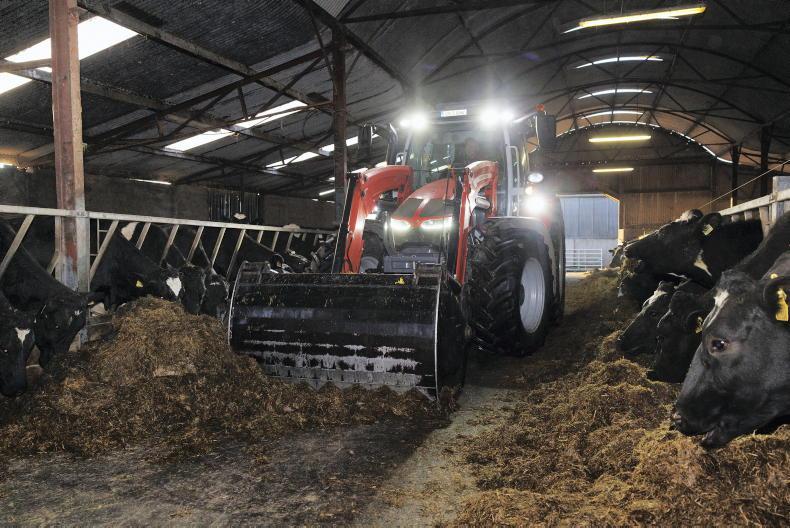
SHARING OPTIONS